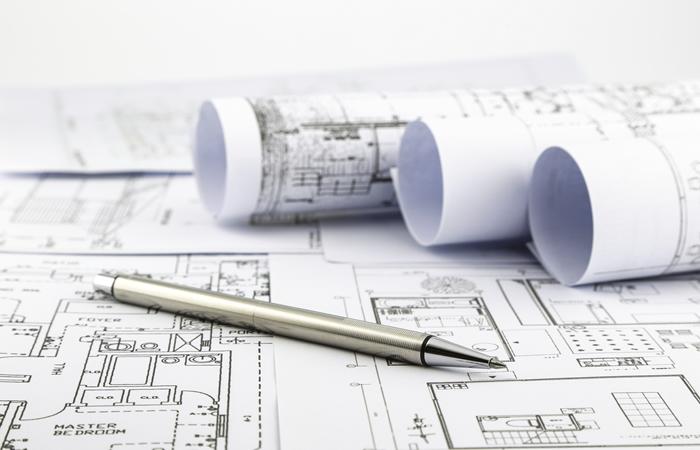What to Expect to Buy After Moving Into Your New Home
Categories: Blog | Posted: March 29, 2019
In the flurry of packing and coordinating moving trucks or loyal friends, did you remember to grab an extra roll of paper towels? How about garbage bags? Probably not, even though you’ll be needing them on move-in day.
Then there are other things, like a welcome mat or curtain liners, that you might prefer to throw away and purchase a replacement than pack up to a new house.
Many home buyers wait until after moving into their new home before buying these things. For some, it’s out of necessity – there’s just too much going on! For others, it makes more sense to wait until after the chaos has died down.
So, if you’re a soon-to-be new home buyer, here are some of the items you can expect to buy after moving into your new home.
Cleaning Supplies
When moving, there are things people forget to bring and other things people would rather replace than pack up. Cleaning supplies fall into both of these categories. Paper towels are probably the last thing on your mind, and who would take their dirty sponges into a new sparkling house?
So, after the moving trucks have left and you’re basking in that new home glow, it’s time to make a list. Think about all the cleaning supplies you will need, going room to room if that helps. Be sure to include day-to-day items (like toilet paper!) first.
Here are some common cleaning supplies new homeowners need:
- Hand soap and dish soap
- Garbage bags (for your kitchen and bathroom(s)
- Paper towels
- Laundry detergent
- Sponges
- Broom and dustpan
- Bathroom cleaning supplies
- Plunger (treat yourself to a new one)
Though not an exhaustive list, you’ll undoubtedly appreciate having these items around on move-in day and the week following it.
First Aid Kit
An often-overlooked purchase after moving into a new home is a first aid kit. With all the picture hanging, light bulb replacing, and general maintenance you’ll be doing in the first few weeks of living in a new home, you’re going to want one.
You may have an old one that moved with you, but it’s likely outdated by now. Most people don’t regularly replenish or replace items in their kit. Make sure to pick up a first aid kit with bandages in multiple sizes, tweezers, and antibacterial spray. You certainly don’t want a cut or splinter ruining your move-in momentum!
Groceries and Staples
Of course, you’ll need to go grocery shopping soon after moving in. Leftover pizza only lasts so long. But remember, many people end up trashing things from their old home to make the move easier. If you’re a cooking pro, you may need to do some serious work to replenish your cupboards.
For instance, you may need to restock spices you didn’t bother to pack up. Or you may have put off buying more rice or pasta when you were running low in the last few weeks. It likely took you some time to build up that pantry, and it may take a while to do it again.
But there’s a silver lining here. You can start over. In other words, now’s the time to revisit that Pinterest board. Seen any cute ideas for storing spices? Interested in totally revolutionizing your pantry organization? Use this blank slate to your advantage to try out some new ideas.
Odds and Ends
How annoying is it when a lightbulb dies, and you don’t have any replacement bulbs? When moving into a new place, this is bound to happen.
Be sure to take a trip to the store for those odds and ends you wouldn’t usually remember to pack, like extra light bulbs, candles, or matches. Batteries are on this list too. Be sure to get replacement batteries for everything that needs them — or you’ll find yourself with a bunch of AA batteries when you need AAA.
Other “odds and ends” to consider:
- Extension cords
- Welcome Mat
- Laundry basket
- Clothes hangers
- Shower caddy
Most of the time, it’s better to wait until after moving to buy anything new. After all, the more you have, the more you move, right?
Don’t worry about forgetting to buy band-aids or not having enough dish soap on the day you move. You’ll have plenty of time to buy these supplies after the move. Besides, cleaning supplies and groceries are great housewarming presents from family and friends. You may be surprised how many items people gift you in the week after moving in.






